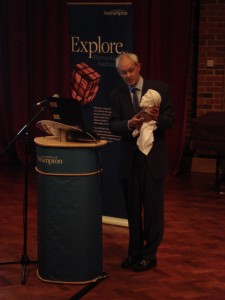Funding for multidisciplinary field school at Portus
We have been awarded funding from a Student Centredness fund grant to create a unique field school at Portus that will provide the context for novel learning experiences to students from across the University, including an on-line infrastructure to build a community around a period of archaeological fieldwork in Italy. It will also benefit from a related SC project aimed at providing virtual access to the Portus fieldwork experience.
Continue reading →






